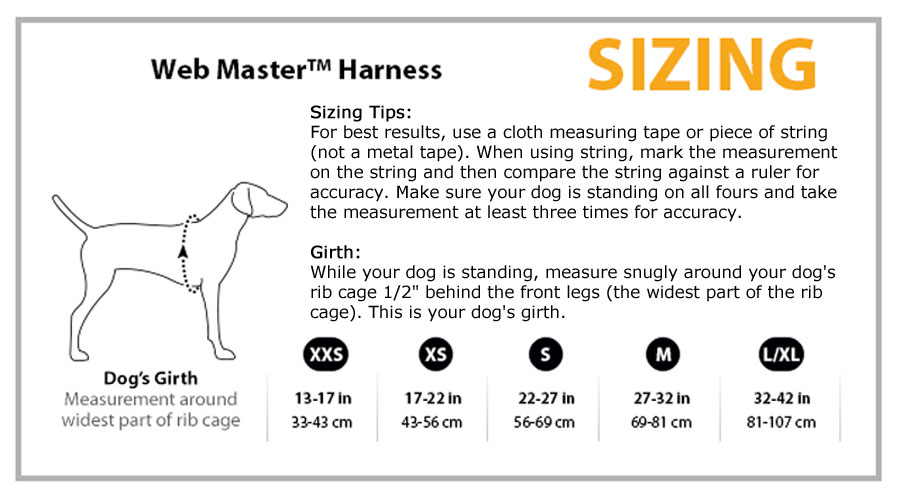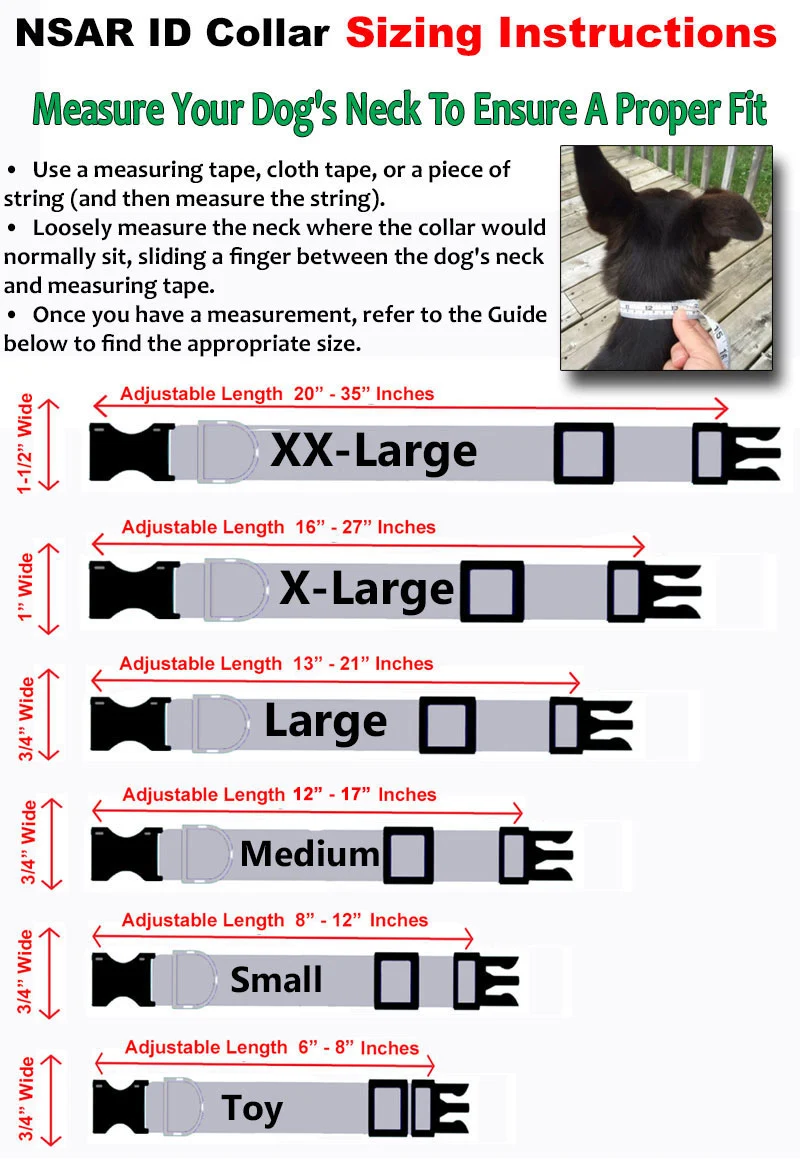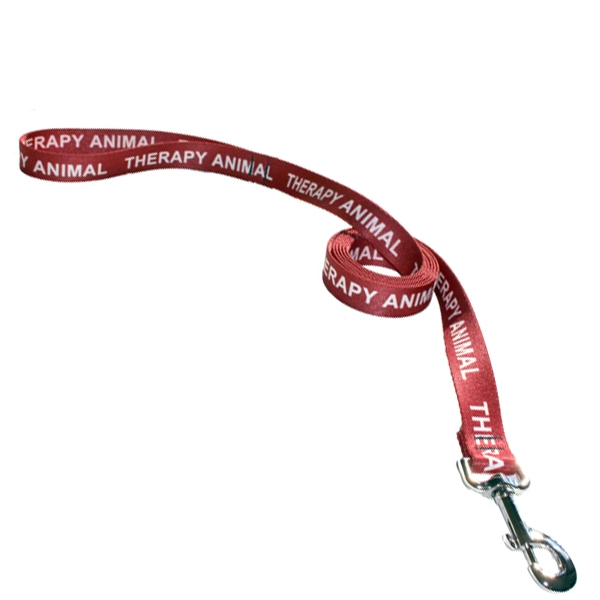
Last updated: January 2026
Ohio is home to a large and diverse renter population — including students, families, and working professionals — and questions about emotional support animals are common across the state. Many Ohio tenants still encounter landlords who misunderstand ESA laws, request improper documentation, or apply pet policies incorrectly.
This guide reflects current emotional support animal housing laws as of 2026 and explains Ohio ESA rights in clear, practical terms so you can confidently request housing accommodations for your emotional support animal while avoiding common mistakes.
📘 Jump To: Ohio ESA Laws
- Are ESAs Recognized in Ohio?
- Ohio ESA Laws Explained
- How to Get a Valid ESA Letter in Ohio
- What Ohio Landlords Can Ask For
- How Many ESAs Are Allowed
- When a Landlord Can Deny an ESA
- How to File a HUD Complaint in Ohio
- Ohio ESA FAQs
- Final Summary
🟦 Are ESAs Recognized in Ohio?
Yes. Emotional support animals are recognized in Ohio for housing purposes and are protected under the federal Fair Housing Act (FHA). These protections apply statewide, including Columbus, Cleveland, Cincinnati, Dayton, Toledo, and most student housing environments.
Quick overview:
- Housing: Fully protected
- Travel: ESAs not recognized for airline travel
- Public access: Not guaranteed (service dogs only)
- Workplaces & schools: Case-by-case
- Breed restrictions: Not allowed for approved ESAs
Ohio follows federal ESA housing standards closely, offering strong protections when documentation is legitimate.
🟦 Ohio ESA Laws Explained
ESA protections in Ohio are governed by:
- Federal Fair Housing Act (FHA)
- HUD guidance on reasonable accommodations
- Ohio Civil Rights Commission (OCRC) — the state enforcement agency
While Ohio does not have a standalone ESA statute, enforcement under FHA and state civil rights law is consistent and tenant-protective.
🟩 Housing Rights Under FHA & Ohio Law
Ohio landlords must:
✔ Allow ESAs in “no-pet” housing
A valid ESA letter overrides pet policies.
✔ Waive all pet-related fees
No pet rent, pet deposits, or animal surcharges may be charged.
✔ Allow ESAs regardless of breed or size
Breed and weight restrictions do not apply.
✔ Consider multiple ESAs when clinically justified
There is no legal limit.
✔ Review accommodation requests promptly
Delays or blanket denials may violate housing law.
These protections apply to apartments, rental homes, condos, and most student housing throughout Ohio.
🟥 Ohio ESA Rules & Misrepresentation
Ohio law focuses primarily on service animal misrepresentation, not legitimate emotional support animals.
Important points:
- Falsely claiming a pet is a service animal may carry penalties
- Legitimate ESA requests with proper documentation are protected
- Fraudulent documentation may fall under broader fraud laws
Having a proper clinical evaluation and compliant ESA letter is essential.
🟧 Travel Rights in Ohio
Ohio follows federal DOT rules:
❌ Emotional support animals are not recognized for airline travel.
Only psychiatric service dogs (PSDs) qualify for in-cabin flights.
Airports such as Cleveland Hopkins (CLE), John Glenn Columbus (CMH), and Cincinnati/Northern Kentucky (CVG) enforce the same federal standards.
🟫 Public Access Rules
Emotional support animals do not have public access rights in Ohio.
Only trained service dogs may legally enter:
- Restaurants
- Stores
- Hotels
- Medical offices
- Public transportation
- Government buildings
Some businesses may allow ESAs voluntarily, but it is not legally required.
🟦 How to Get a Valid ESA Letter in Ohio
A valid Ohio ESA letter must:
✔ Be written by a licensed mental health professional
✔ Be issued following a clinical evaluation (telehealth is allowed)
✔ Explain the disability-related need (without diagnosis details)
✔ Appear on professional letterhead with license number and state
✔ Follow HUD documentation standards
NSAR ESA letters meet all Ohio requirements, including HUD-compliant language and licensed clinician evaluations.
Start Your Ohio ESA Evaluation → Begin Here
🟧 What Ohio Landlords Can Legally Ask For

Landlords may ask for:
- A valid ESA letter
- Verification of clinician licensure
- Confirmation the animal does not pose a safety risk
They may not ask for:
- Diagnosis or medical records
- Proof of training
- ESA “registration” or “certification”, but strongly recommended.
- Pet rent or deposits
- Photos or videos of the ESA
- Breed-based exclusions
Ohio enforces strong tenant privacy protections.
🟫 How Many ESAs Are Allowed in Ohio?
There is no legal limit on the number of ESAs allowed.
Approval depends on:
- Clinical justification
- Reasonable accommodation standards
- Safety and sanitation considerations
Multiple ESAs are common and protected when properly documented.
🟥 Can an Ohio Landlord Deny an ESA?
Yes — but only for specific legal reasons.
Allowed denials:
- Direct threat to health or safety
- Significant property damage
- Fraudulent documentation
- Refusal to provide documentation
- Undue hardship
Illegal denials:
- Breed or size
- “No-pet” rules
- Insurance objections
- HOA policies
- Personal bias
- Delays meant to discourage accommodation
Tenants may file complaints with HUD or the Ohio Civil Rights Commission.
🟦 How to File a HUD Complaint in Ohio
- Gather your ESA letter
- Save written communication
- File a complaint through HUD
- HUD assigns an investigator
- Landlord responds
- Mediation or enforcement follows
Ohio residents may also file through the OCRC for state-level enforcement.
🟩 Ohio ESA FAQs
Are ESAs allowed in Ohio rentals?
Yes — fully protected.
Can landlords charge pet fees?
No. All pet fees must be waived.
Do ESAs have public access rights?
No — only service dogs do.
Can landlords deny ESAs by breed?
No. Breed restrictions do not apply.
Are ESAs allowed in college housing?
Yes. FHA applies to campus housing.
🟦 Summary of Ohio ESA Rights
Ohio renters with emotional support animals are entitled to:
- Live with their ESA in housing — even with no-pet rules
- Avoid all pet fees
- Request accommodations without discrimination
- Use documentation from licensed clinicians
- Challenge unlawful denials through HUD or OCRC
A properly issued ESA letter ensures your rights are protected throughout Ohio.
Ready to get your Ohio ESA letter? Start your evaluation today.























